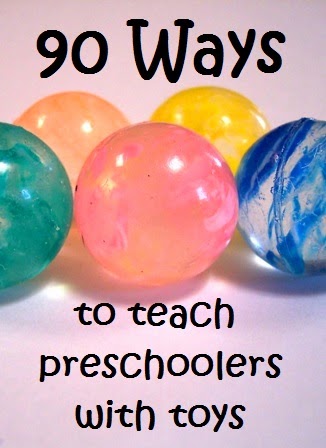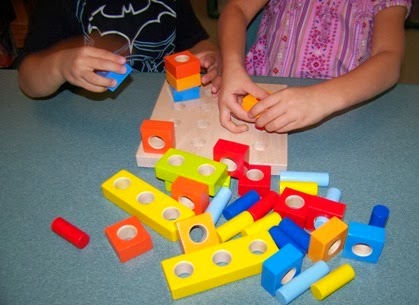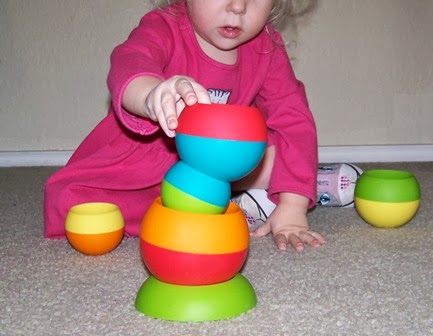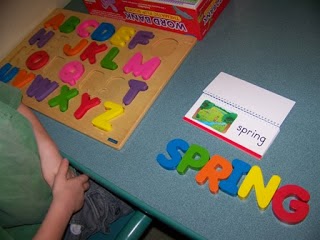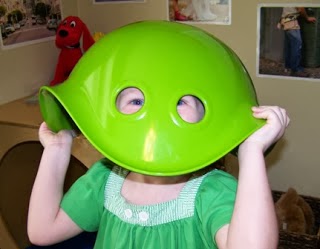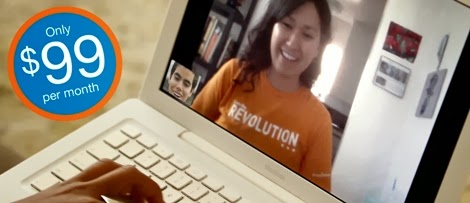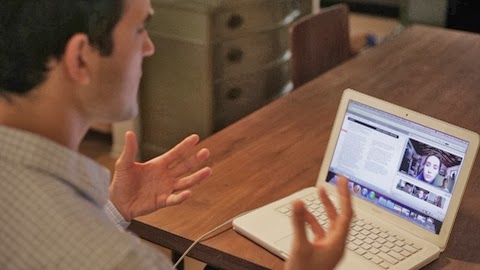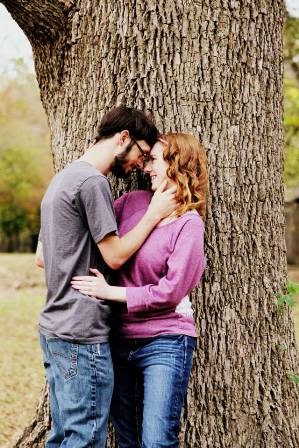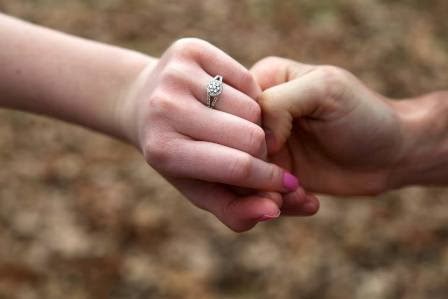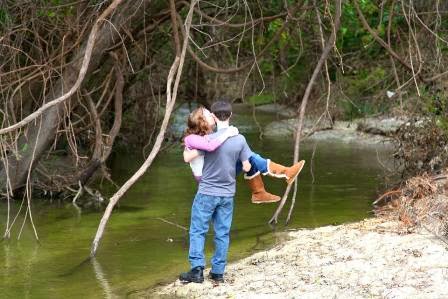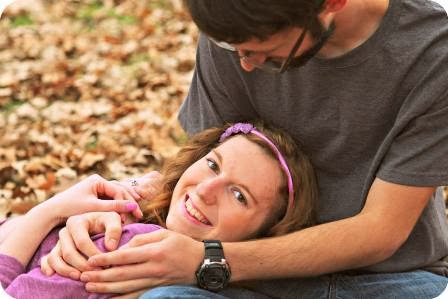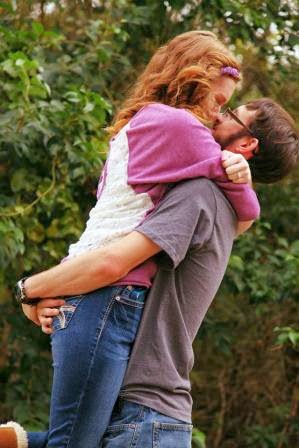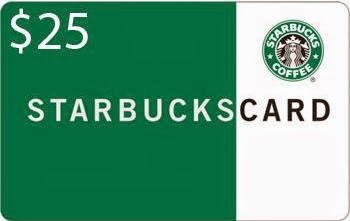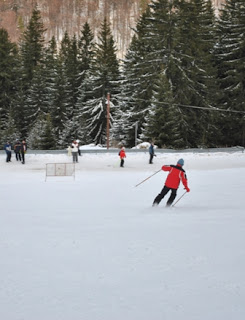Young children learn best through play. Guided learning is when an adult leads the child with questions and suggestions that extends the child's experiences and deepens the understanding of basic concepts. Just a few minutes each day with a child while they play can make a huge impact on future educational success.
Select one concept each day and show your child some examples of it, if necessary. Stay with the child for about 15 minutes to provide support and encouragement, then celebrate successes together. Remember, play should be fun! Many times, children will continue the activity on their own until they feel they have mastered the concept.
For example, your child is playing with a pile of superhero figures. You could walk up to your child and say, "I have a great idea! Let's line them all up in a row, end to end." Start by lining up three or four of them, then tell your child, "Now you try it! Make the line longer!" When all of the superheroes are lined up, you could suggest putting them all in a pile and starting over, or you could suggest doing the same thing with another set of toys. Don't be surprised if you find long lines of toys across every room of the house that day.
These ideas could easily be adapted to include multiple children or to an early childhood classroom. Some of these concepts may morph into another concept, so go with it if it does, but always bring the child(ren) back around to the original concept before allowing them to experiment on their own after the guided learning. These activities span across all types of development, including social, emotional, physical, and cognitive (thinking) skills and are targeted to preschoolers (older 2's to age 5).
1. Sort toys by color.
2. Sort toys by size.
3. Arrange toys from smallest to largest.
4. Arrange toys from largest to smallest.
5. Count toys.
6. Stack toys as high as possible.
7. Line toys up side by side.
8. Line toys up end to end.
9. Trace toy shape outlines onto paper.
10. Find toys that are the same length.
11. Hold a heavy toy in one hand and a light toy in the other.
12. Arrange toys in a circle, square, and triangle shape.
13. Find letters on toys.
14. Find numbers on toys.
15. See which toys float or sink.
16. Group into soft toys and hard toys.
17. See which toys will roll down a makeshift ramp.
18. Find a smooth toy and a bumpy toy.
19. Guess how many toys are in a box. Verify.
20. Guess how many toys will fill a box. Verify.
21. Find toys that start with the same letter sound.
22. Put several toys in a large bag and guess what they are by touch only.
23. Find five toys smaller than your hand.
24. Find five toys larger than your foot.
25. Match toys to colored construction paper.
26. Find toys with circles (squares, triangles) on them.
27. Group into sets of three, four, five, etc. using yarn circles for grouping.
28. Trade one toy for one toy, two toys for two toys, three toys for three toys, etc.
29. Hide ten toys in a room, count to ten, then find all ten.
30. See how many (cars, blocks, etc.) will make a floating bowl tip over in water.
31. Fill a sink with soapy water for "toy bath day."
32. Choose a toy and tell a story about how that toy was made.
33. Draw pictures of five toys, then staple the pages together as a book.
34. Find toys that make good hats. Check in the mirror.
35. Hide a toy under a small blanket. Give clues to guess what is hidden.
36. On a large blanket, arrange animal toys into a zoo. Use yarn or sticks for fences.
37. Sort play food into breakfast foods, lunch foods, and dinner foods.
38. Choose any ten toys. Try to build a standing bridge with them.
39. Freeze tiny toys in water in an ice cube tray. Set them in the sun to thaw.
40. See which toys will fit through a paper towel tube.
41. Set some toys in the sun then trace around their shadows with chalk.
42. Use a magnet to find which toys are magnetic.
43. Find toys to string onto a ribbon and make a toy necklace or belt.
44. Space out ten small toys on a carpet, then jump over all ten, one at a time.
45. Stand up play figures and small toys. Try to blow them down.
46. Fill a box with toys using only your feet.
47. Make toy impressions in playdough or clay.
48. Roll little car wheels over paint on paper in a box lid.
49. Roll marbles over paint on paper in a box lid.
50. Give all the blocks (or cars, animal figures, play food, etc.) human names.
51. Put real clothes and accessories on all the stuffed animals.
52. Toss soft toys into a box, standing further and further back each time.
53. Choose three toys and tell a story about an adventure they had together.
54. See which toys can balance on an upright toilet paper tube.
55. Put small toys in clasp envelopes and "mail" them to one another.
56. Use barbecue tongs to put toys into boxes.
57. "Paint" toys with water using several sizes of paintbrushes.
58. Wrap play figures in toilet paper to make them all "mummies."
59. Take apart three puzzles, mix up all the pieces, then solve them.
60. Match magnetic letters to letters in a book.
61. Use toys to retell a storybook tale.
62. Put ten small toys under a towel. Without peeking, try to remember them all.
63. See how many small toys will fit in an adult shoe.
64. Choose a toy of each color, then assign them flavors (lemon car, cherry block, etc.)
65. Use a 12-inch ruler to measure toys.
66. Use a magnifying glass to examine toys closely.
67. Use a kitchen scale or postal scale to weigh toys.
68. Make hero capes for stuffed animals with hand-towels and clothespins.
69. Decorate a tree in your yard with toys.
70. Turn on music and dance with stuffed animals or dolls.
71. Put small toys in old tissue boxes to make musical shakers.
72. Turn boxes and buckets upside down to play the "drums" on them.
73. Set favorite toys in a circle and tell why each one is a favorite toy.
74. Make toy soup by adding toys to a large stockpot and stir with a large spoon.
75. Take a laundry basket "boat cruise" with just five toys packed in a tote bag.
76. Arrange small toys to create the letters of the alphabet.
77. Arrange small toys to create the numerals 0-9.
78. See how many toys will fit in one hand.
79. Use a broom to sweep all the toys into one pile.
80. Dust all the toys with a feather duster.
81. Practice first aid by putting kids' bandages on all the stuffed animals and dolls.
82. Choose a toy. Sing, substituting the toy's word for other words in the song.
83. Wrap toys with paper and tape, then have a pretend party to open them all.
84. Sort quiet and loud toys. Play quietly with loud toys, then loudly with quiet toys.
85. See which toys can hang from clothes hangers in the closet.
86. Tuck all the toys in for a nap, then "read" books to them.
87. Put toys in boxes, using a large spoon in each hand.
88. Loop chalk colors together with a rubberband, then draw sidewalk rainbows.
89. Find a toy that starts with each letter of the child's name.
90. Sort out old toys and donate them to a church, daycare, or charity together.
Have some great ideas? Leave me a comment below with your suggestions!


